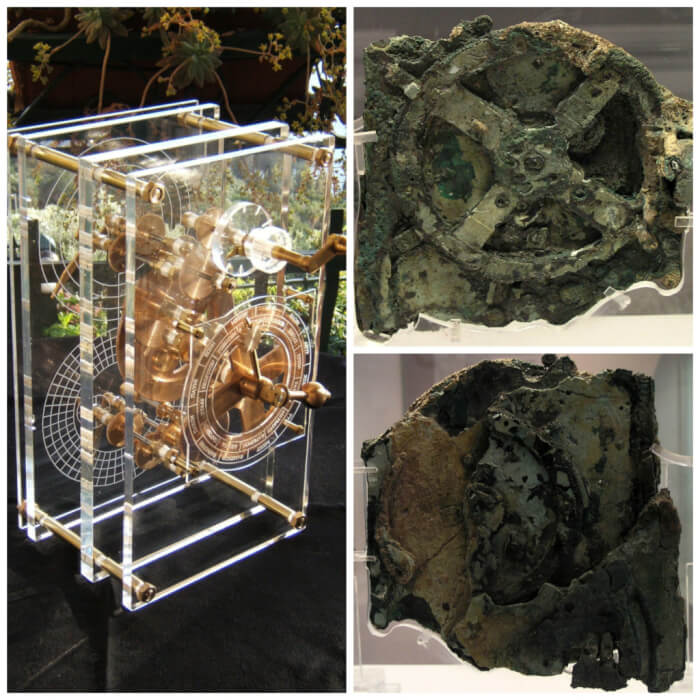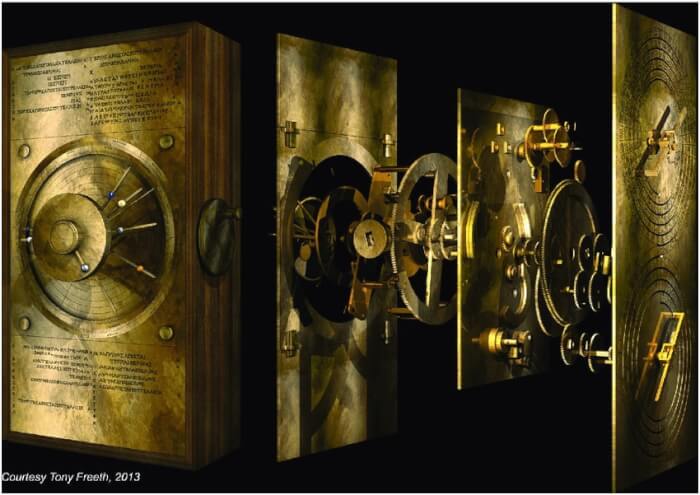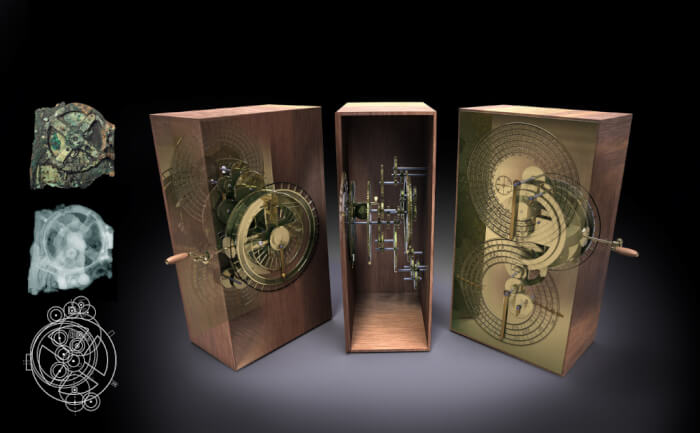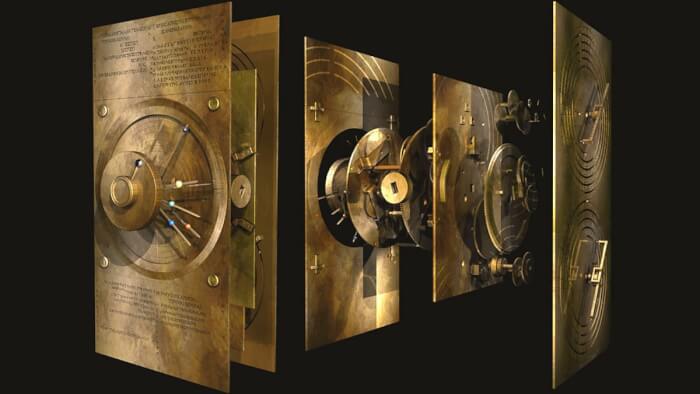Unravel The Mystery Inside The World's Oldest Computer, Aged 2000 Years
A discovery led by researchers at University College London (UCL) have found the key mechanism that made up the ‘Antikythera’ – an ancient Greek astronomical calculator, which was a hand-powered mechanical device used in forecasting astronomical events
Issued in the Scientific Reports journal, the paper by the interdisciplinary UCL Antikythera Research Team discloses how the ancient Greeks predicted the cosmic order (Cosmos) thanks to a sophisticated drive system.
Lead author of the paper, Professor Tony Freeth explains: “Ours is the first model that conforms to all the physical evidence and matches the descriptions in the scientific inscriptions engraved on the Mechanism itself. The Sun, Moon and planets are displayed in an impressive tour de force of ancient Greek brilliance."
The largest remaining fragment, called fragment A, shows bearings, pillars and block characteristics. Another piece, called piece D, has a disc, 63-tooth gear and plate.
According to the CT results, the Antikythera computer is made of copper, including 30 gears (remaining) that combine very complicatedly. Thanks to the gears, users can predict astronomical events, including eclipses, moon phases, planet positions and even the Olympic dates.
In addition, on the front of the calculator there are two important numbers: 462 years and 442 years, which accurately represent the cycles of Venus and Saturn, respectively.
" The classic astronomy of the first millennium BC originated in Babylon, but nothing in this astronomy suggested how the ancient Greeks found the highly accurate 462-year cycle for Venus and 442-year cycle for Saturn." Researcher Aris Dacanalis said.
"After considerable struggle, we managed to match the evidence in Fragments A and D to a mechanism for Venus, which exactly models its 462-year planetary period relation, with the 63-tooth gear playing a crucial role," explains researcher David Higgon.
The Antikythera computer has been controversial since it was discovered on a Roman shipwreck in 1901 by Greek divers on the Mediterranean island of Antikythera. The device is kept at the National Archaeological Museum in Athens.
 Source: Antikythera Mechanism Research Project
Source: Antikythera Mechanism Research Project
Issued in the Scientific Reports journal, the paper by the interdisciplinary UCL Antikythera Research Team discloses how the ancient Greeks predicted the cosmic order (Cosmos) thanks to a sophisticated drive system.
Lead author of the paper, Professor Tony Freeth explains: “Ours is the first model that conforms to all the physical evidence and matches the descriptions in the scientific inscriptions engraved on the Mechanism itself. The Sun, Moon and planets are displayed in an impressive tour de force of ancient Greek brilliance."
 Source: Antikythera Mechanism Research Project
Source: Antikythera Mechanism Research Project
The largest remaining fragment, called fragment A, shows bearings, pillars and block characteristics. Another piece, called piece D, has a disc, 63-tooth gear and plate.
According to the CT results, the Antikythera computer is made of copper, including 30 gears (remaining) that combine very complicatedly. Thanks to the gears, users can predict astronomical events, including eclipses, moon phases, planet positions and even the Olympic dates.
 Source: Antikythera Mechanism Research Project
Source: Antikythera Mechanism Research Project
In addition, on the front of the calculator there are two important numbers: 462 years and 442 years, which accurately represent the cycles of Venus and Saturn, respectively.
" The classic astronomy of the first millennium BC originated in Babylon, but nothing in this astronomy suggested how the ancient Greeks found the highly accurate 462-year cycle for Venus and 442-year cycle for Saturn." Researcher Aris Dacanalis said.
 Source: Antikythera Mechanism Research Project
Source: Antikythera Mechanism Research Project
"After considerable struggle, we managed to match the evidence in Fragments A and D to a mechanism for Venus, which exactly models its 462-year planetary period relation, with the 63-tooth gear playing a crucial role," explains researcher David Higgon.
The Antikythera computer has been controversial since it was discovered on a Roman shipwreck in 1901 by Greek divers on the Mediterranean island of Antikythera. The device is kept at the National Archaeological Museum in Athens.
 Source: Antikythera Mechanism Research Project
Source: Antikythera Mechanism Research Project
Share this article
Advertisement